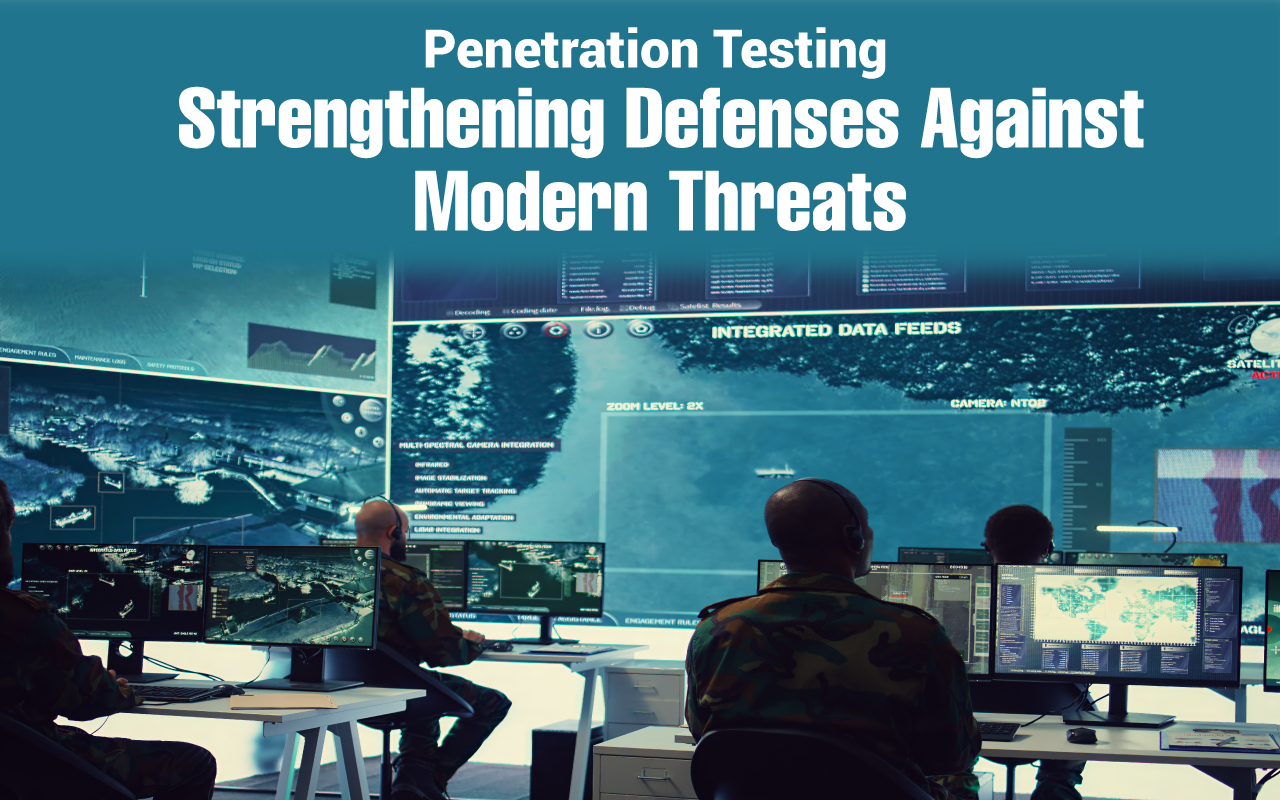
In the modern cybersecurity arms race, organizations battle increasingly sophisticated threats, ranging from orchestrated ransomware to tricky supply chain intrusions. Attackers exploit everything from unpatched vulnerabilities to social engineering angles, making it vital for defenders to anticipate and neutralize potential exploit paths.
Cyber security penetration testing services take a proactive stance by replicating real-world attack techniques, unveiling the complicated ways an environment could be compromised. This offensive-minded approach contrasts with purely reactive strategies, enabling security teams to address high-impact issues long before adversaries strike. As the threat landscape accelerates, penetration testing remains an essential component of strong cyber defense.
Expanded Definition and Scope of Penetration Testing
Penetration testing is not merely running automated scans; it is a systematic exploration of an organization’s systems, networks, applications, and often its human elements.
In addition to typical network tests, scopes might include social engineering or physical security assessments to mirror realistic threat vectors. Unlike red teaming, which often focuses on stealth and specific goals, penetration testing aims to reveal as many exploitable weaknesses as possible.
Bug bounty programs complement these efforts by opening vulnerability discovery to a broader community. Collectively, these assessments offer a comprehensive view of an organization’s security posture, facilitating more informed defense strategies.
Attack Simulation Methodologies and Frameworks
Penetration testing activities typically adhere to guidelines like the Penetration Testing Execution Standard (PTES) or NIST SP 800-115. Reconnaissance begins with gathering data on targets, enumerating services, and identifying potential weaknesses.
The MITRE ATT&CK framework categorizes adversarial behaviors like privilege escalation, lateral movement, and data exfiltration, guiding structured attack simulations. Approaches vary: Black Box tests simulate unknown attackers, White Box tests leverage full system details, and Gray Box lies in between.
While the objective is to uncover vulnerabilities, replicating genuine attack chains ensures realistic findings. Detailed reporting and remediation steps then help organizations strengthen their defenses.
Advanced Tools and Techniques
Although automated tools efficiently scan for known security gaps, skilled testers rely on manual techniques to detect intricate flaws. Tools like Metasploit may help in exploit development and payload delivery, while Burp Suite dissects web traffic and identifies logic issues that scanners might miss.
For deeper post-exploitation, frameworks enable adversary simulation, from stealthy pivoting to data exfiltration. AI-enhanced fuzzers seek zero-day weaknesses by feeding malformed inputs into systems. However, human expertise is irreplaceable for context-aware decision-making. Effective penetration testing blends systematic automation with creative probing, ensuring common and highly targeted vulnerabilities are addressed.
Compliance and Regulatory Requirements
Many regulatory frameworks, including PCI DSS for payment environments, HIPAA for healthcare, and GDPR for data privacy, mandate regular testing to confirm robust security controls. Auditors require evidence of vulnerability identification, severity classification, and timely remediation. Thorough penetration testing reports document these elements, serving as proof of proactive measures.
Non-compliance risks substantial fines, legal complications, and reputational damage. Meanwhile, regular testing feeds into a broader risk management cycle, ensuring organizations meet regulatory baselines and proactively defend against advanced threats. Far from a checkbox exercise, these assessments function as critical components of ongoing security assurance.
Integrating Penetration Testing into DevSecOps
Shifting security left means embedding testing throughout the development lifecycle, not merely at the end. Continuous Integration/Continuous Delivery (CI/CD) pipelines incorporate scans for known vulnerabilities in code, containers, and dependencies, catching issues early. Automated suites can rapidly identify common misconfigurations, leaving skilled ethical hackers to probe complex logic flaws or novel exploitation techniques.
This approach increases efficiency and responsiveness, preventing flawed builds from ever reaching production. When combined with agile methodologies and cross-functional collaboration, a DevSecOps culture emerges, prioritizing security at every stage. Frequent feedback loops ensure vulnerabilities are discovered and addressed in near-real time, bolstering overall resilience.
Collaboration with Specialized Partners
When in-house resources are limited or specific expertise is needed, external penetration testing services offer specialized support. The best partners demonstrate certifications (OSCP, OSWE) and proven success in similar industry sectors—critical for accurately simulating threats in complex domains like fintech or healthcare.
Before initiating an engagement, defining the scope, rules of engagement, and success criteria avoids disruptions and misaligned expectations. Clear communication protocols, especially when testing production systems, are essential. Post-assessment, retests confirm that patches remain effective. With ongoing collaboration, organizations maintain up-to-date defenses, adapt to emerging threats, and cultivate a culture of continuous improvement.
Future Outlook: Evolving Threats and Testing Approaches
Cyber adversaries increasingly leverage automation and machine learning to accelerate scanning and exploit development. As these methods become more pervasive, penetration testers will need to adopt advanced AI-driven simulations and behavioral analyses. Cloud-native security will garner heightened focus, with Kubernetes misconfigurations and container breakouts becoming primary attack vectors.
Integrating real-time threat intelligence into pentest tools will enable more targeted scenarios, reflecting actual adversary techniques. Continuous or rolling penetration testing programs will replace annual engagements, keeping pace with dynamic environments. By consistently aligning tactics with emerging threats, testers stay one step ahead of adversaries in the ongoing cyber conflict.
Conclusion: Reinforcing Cyber Resilience
Penetration testing reveals exploitable pathways that conventional defenses may overlook, providing an insider’s perspective on how breaches could unfold. These assessments deliver actionable insights far beyond simple vulnerability lists by aligning industry-recognized methodologies with creative, context-aware tactics.
Integrating testing into a DevSecOps culture ensures security remains an ongoing priority, adapted to the rapid evolution of both technology and threats. Organizations can reinforce their cyber resilience by collaborating with specialized providers, aligning with compliance standards, and using intelligence-driven strategies.
In an era marked by relentless digital attacks, strict, consistent penetration testing services stand as a core pillar of a well-rounded security posture.
Share this post
Leave a comment
All comments are moderated. Spammy and bot submitted comments are deleted. Please submit the comments that are helpful to others, and we'll approve your comments. A comment that includes outbound link will only be approved if the content is relevant to the topic, and has some value to our readers.

Comments (0)
No comment